Virgin Orbit Launch Technology and the Benefits it Offers
2nd Jun 2021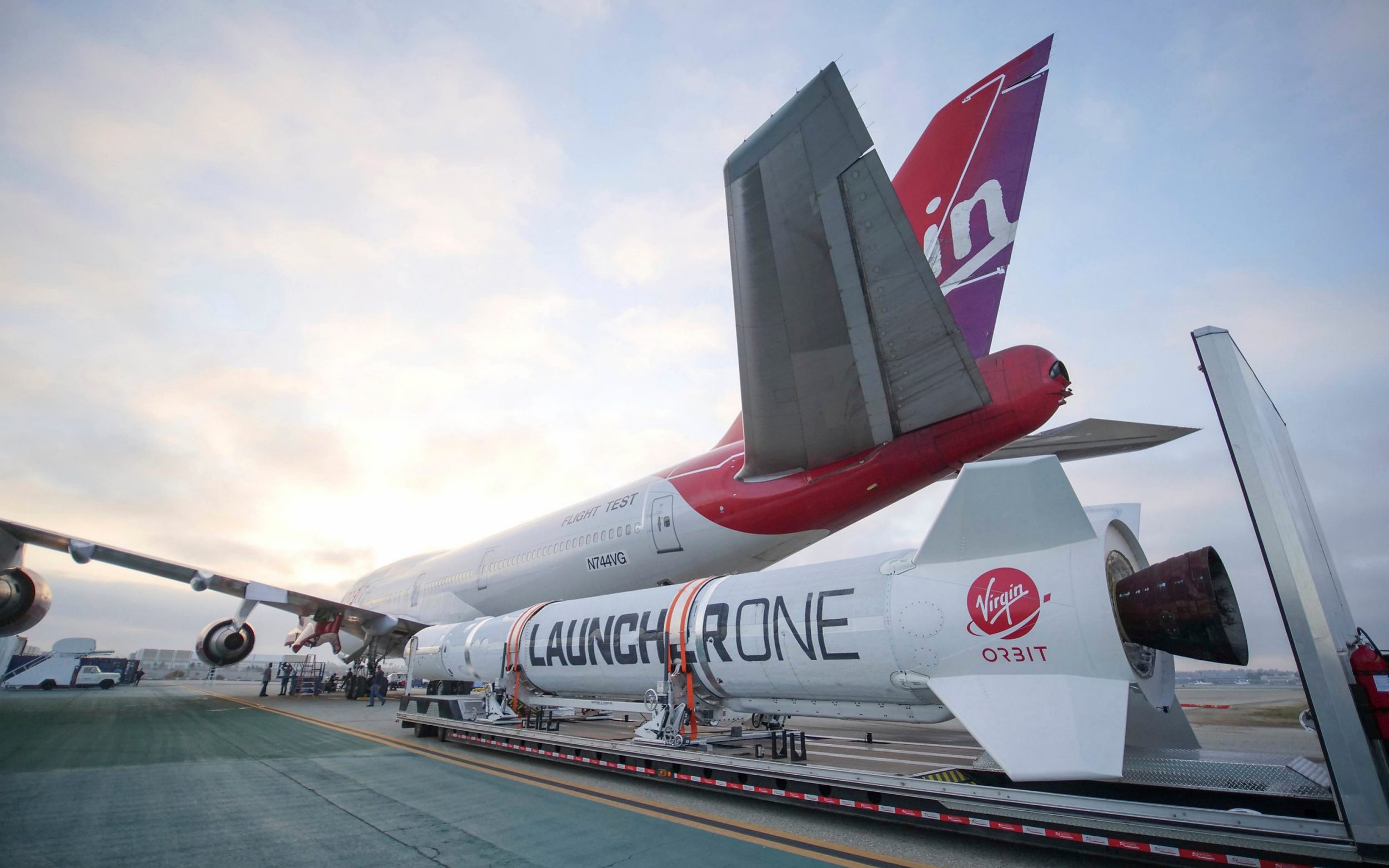
Most rockets are designed for vertical launch, but Virgin Orbit launch vehicle technology is different. Traditionally, the rocket is attached to the launch pad using special trusses that diverge at the time of launch. Most people have seen this launch vehicle technology on TV or YouTube during Cape Canaveral or Baikonur, in Kazakhstan, lift-offs. Vertical launch vehicle technology dominates, but it is not the only solution.
We’ll discuss air-launch-to orbit technology used by Virgin Orbit, which, earlier this year, became the first private company in the world to successfully commercialise this tech.
Air-launch history
Air launch or horizontal launch technology involves launching a rocket from the air instead of the ground. To reach the necessary altitude for an air launch, one needs a special plane that can carry multi-ton weights.
The technology dates back to the pre-space era. In fact, one can consider a cruise missile as its prototype. Top space power countries made multiple attempts to use air launch, but all of them were either unsuccessful (Spiral USSR) or partially successful (Enterprise Space Shuttle USA, Mriya Buran USSR).
The concept for this technology was finalised in 1990, with the creation of the Pegasus Stargazer system. Since then, the system has been used in the military and defence sphere. However, compared to vertical launch, this tech still had a lot of disadvantages – a very high launch cost and a small payload.
Virgin Orbit, a subsidiary of Richard Branson’s Virgin Galactic, became the first company to successfully commercialise air launch. Virgin Orbit carried out titanic work addressing systems’ errors. As a result, Virgin Orbit LauncherOne rocket launch cost was significantly reduced, while Launcher One Virgin payload capacity was increased by 50 kg compared to Pegasus. So, let’s see what kind of vehicles Virgin Orbit has developed and what benefits they have.
Boeing 747-400 «Cosmic Girl»
The 770-400 is the largest Boeing aircraft at 70 metres in length, with a passenger capacity of 660 people. Just think about it – its wing area is 547 square metres and has a span of 65m. Its maximum payload is 70 tons, which is 2.5 times higher than the weight of the Virgin Orbit LauncherOne rocket it carries.
Virgin Atlantic owned Boeing 747-400 “Cosmic Girl” for a long time, but in 2016 the aircraft was transferred to Virgin Orbit. Branson himself, a big fan of a British band Jamiroquai, gave the plane such an original name (Cosmic Girl is one of the band’s popular songs).
The aircraft was modified to carry the Launcher One Virgin rocket under its wing and release it at an altitude of 35 thousand feet. From there, Launcher One Virgin rocket would ignite its own engines to reach orbit. Virgin Launcher One attachment pylon is located on the left wing between the fuselage and the left inboard engine. A conventional Boeing 747 has the fifth engine attachment point for engine replacement right in this spot.
Cosmic Girl made it possible to increase Virgin Launcher One payload capacity to LEO to 500 kg. Besides, only two pilots and three onboard engineers can control the aircraft and launch the rocket. Another important feature is that Cosmic Girl can be launched from any airport that supports a Boeing 747, which significantly expands Virgin Launcher One geography.
Virgin Orbit launch system for LauncherOne
LauncherOne is a two-stage rocket with Newton liquid propellant rocket engines powered by RP-1 / LOX fuel. Its components are created using additive technologies, which reduces the production cycle by ten times. Virgin Orbit LauncherOne rocket can carry a 300-500 kg payload to LEO (500 km) and heliocentric orbit to fly around Mars, Venus, or asteroids.
The rocket is launched over the ocean; the exact location depends on the required orbital inclination. This prevents delays from unfavourable weather conditions and strong winds, typical for ground launches. At an altitude of 35 thousand feet, the rocket detaches from the pylon, starts its own engine, and launches into orbit.
Virgin Orbit has already carried out two 1: 1 Launcher One flights. The first launch failed, but the second was a complete success. The company is actively signing contracts with customers and plans to perform up to 24 launches per year.
In the meantime, Pegasus Stargazer is getting ready for retirement. The project could find a second life in the Stratolaunch program, which was successfully implemented by billionaire Paul Allen, co-founder of Microsoft. But after his death, Stratolaunch was closed. Northrop Grumman, the owner of Pegasus Stargazer, has two more unflown rockets, which Air Force USA decided to use. Once they are launched, the Pegasus project can be considered closed, and Virgin Orbit launch technology will remain the only functional air-launch solution so far.
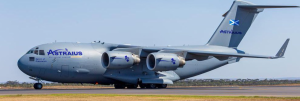
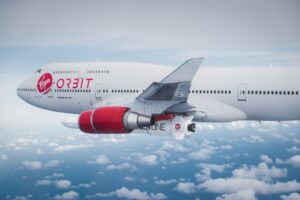
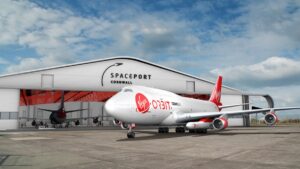


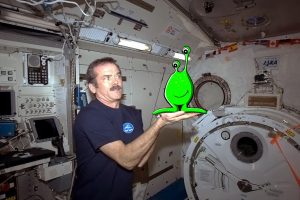
Thank you for your comment! It will be visible on the site after moderation.